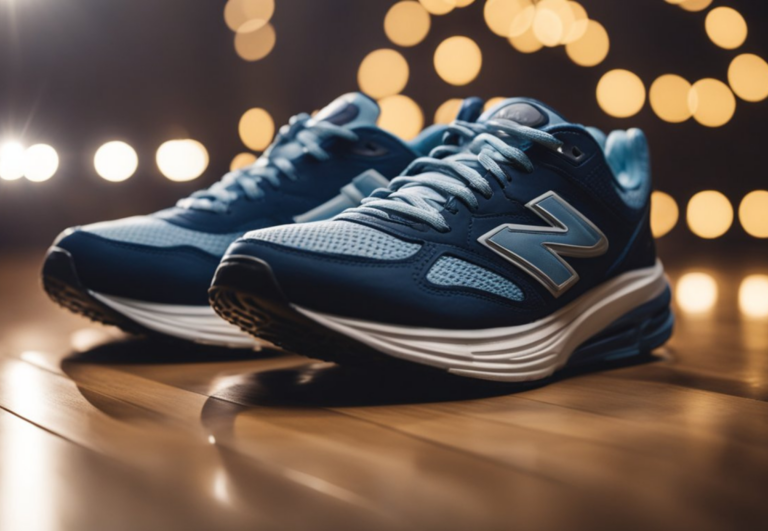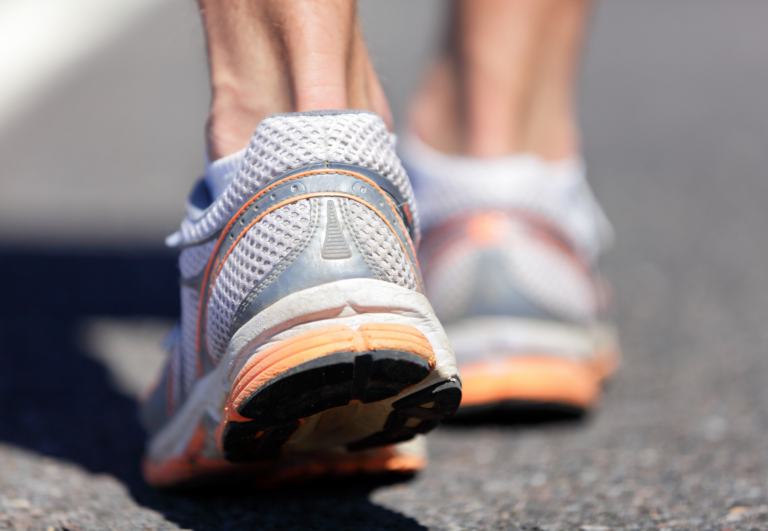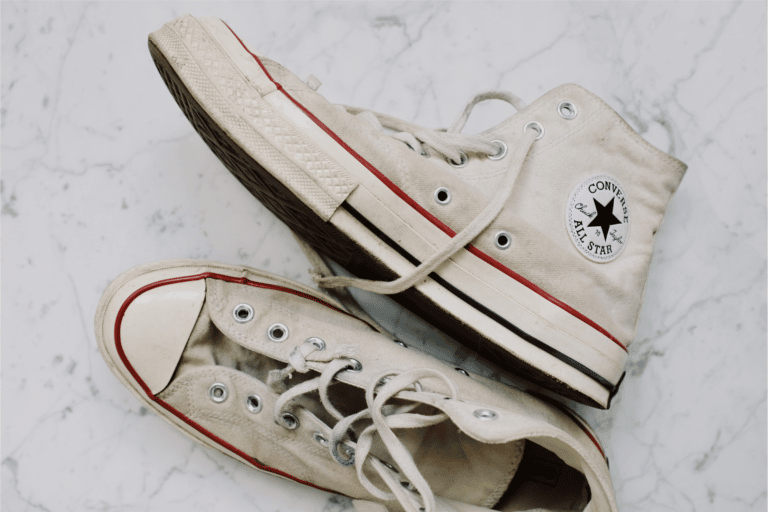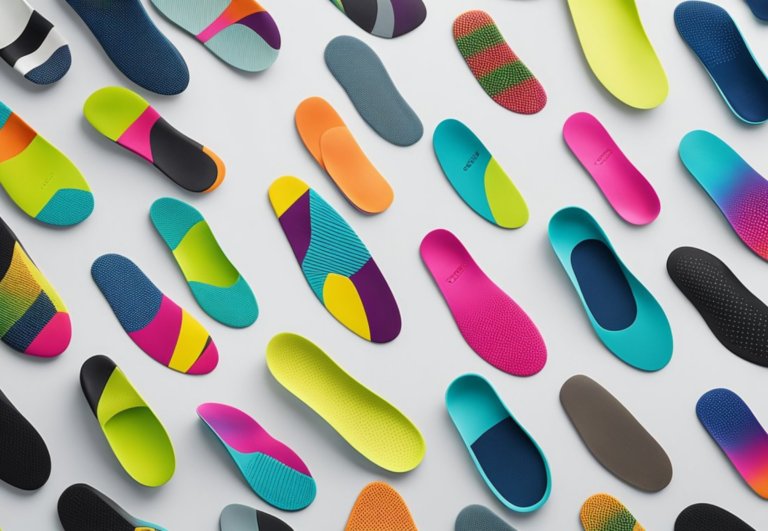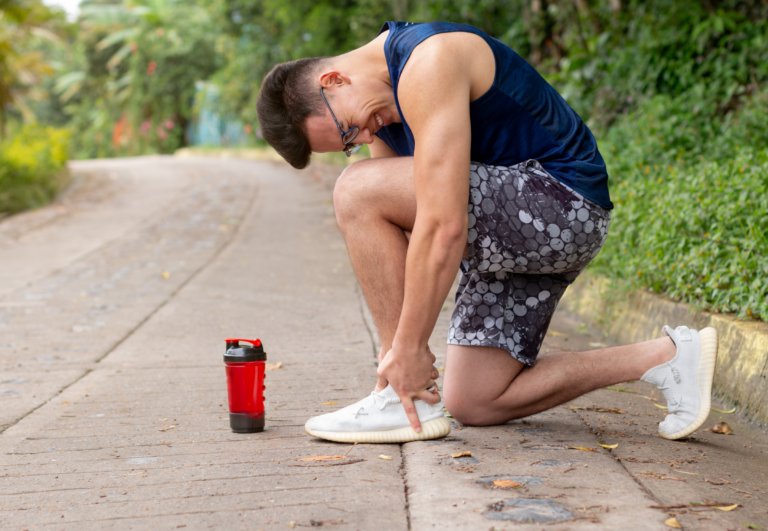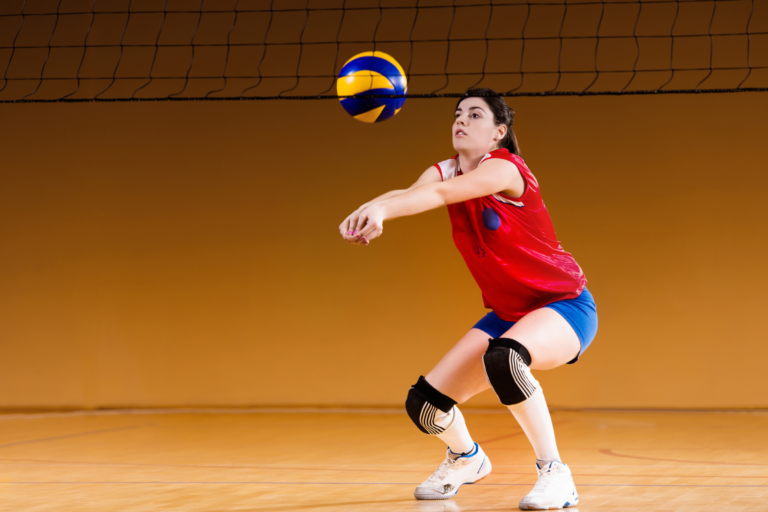Why Do New Running Shoes Make My Feet Hurt? (Potential Issues & Fixes)
New shoes can a runner’s feet hurt due to a combination of factors such as size misfit, inadequate cushioning, improper arch support, and the need for a break-in period. A running shoe that is too tight can cause blisters, while those that are too loose may lead to skin irritation from sliding.
New shoes may also be stiff at first and require time to mold to the contours of your feet. It’s important to select shoes that fit well and provide the right support for your foot type to minimize discomfort
Why Do New Shoes Make Your Feet Hurt?
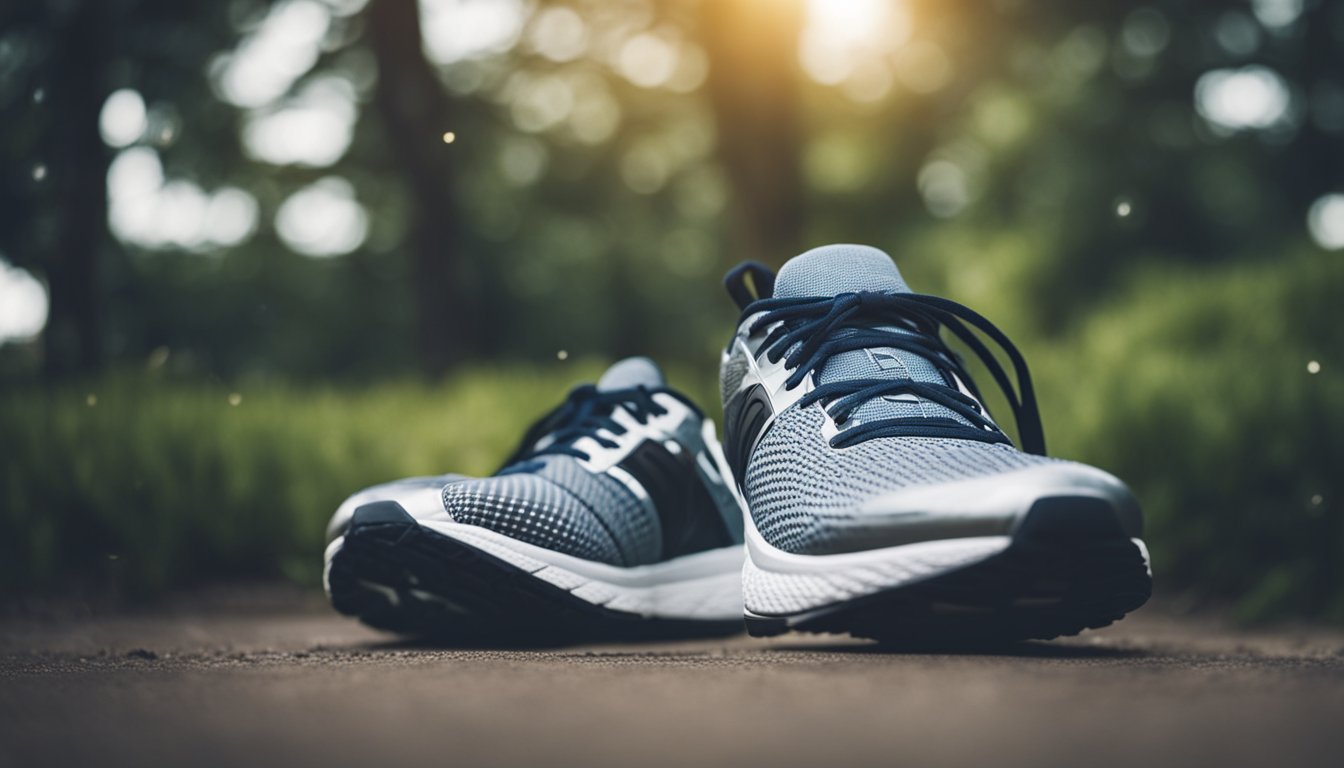
When you lace up a new pair of running shoes, you might expect nothing but comfort. But surprisingly, new shoes often lead to foot pain. This pain can stem from several factors related to the unique shape of your feet and the design of the shoes.
Anatomy of Foot Pain
Your feet are complex structures with bones, ligaments, and muscles all working together. Pain can occur when running shoes don’t support your feet properly. The arch of your foot, whether high or low, needs the right balance of support to prevent arch pain. Meanwhile, the heel and toes can develop pain from inadequate cushioning, leading to issues such as heel pain or blisters.
Common Causes of Discomfort
Several factors contribute to discomfort in new running shoes:
- Size misfit: Too small shoes can squeeze your toes causing blisters and too large ones can lead to sliding that irritates the skin and underlying tissues.
- Inadequate cushioning: Results in repetitive stress on certain areas which can induce plantar fasciitis or metatarsalgia.
- Improper arch support: May lead to arch pain or the development of bunions.
- Need for break-in time: New shoes can be stiff and require a period to mold to your feet’s unique contours.
Running Shoes and Foot Ailments
It’s critical to match your running shoes with your foot type to avoid ailments:
- High-arched feet may experience more heel pain and ankle discomfort without proper support.
- Low-arched feet might suffer from increased bunion risk or arch pain if the shoe doesn’t accommodate flattening.
Remember to always choose running shoes designed for your specific foot shape and size to minimize the risk of pain and injuries.
The Importance of Proper Fit and Break-In
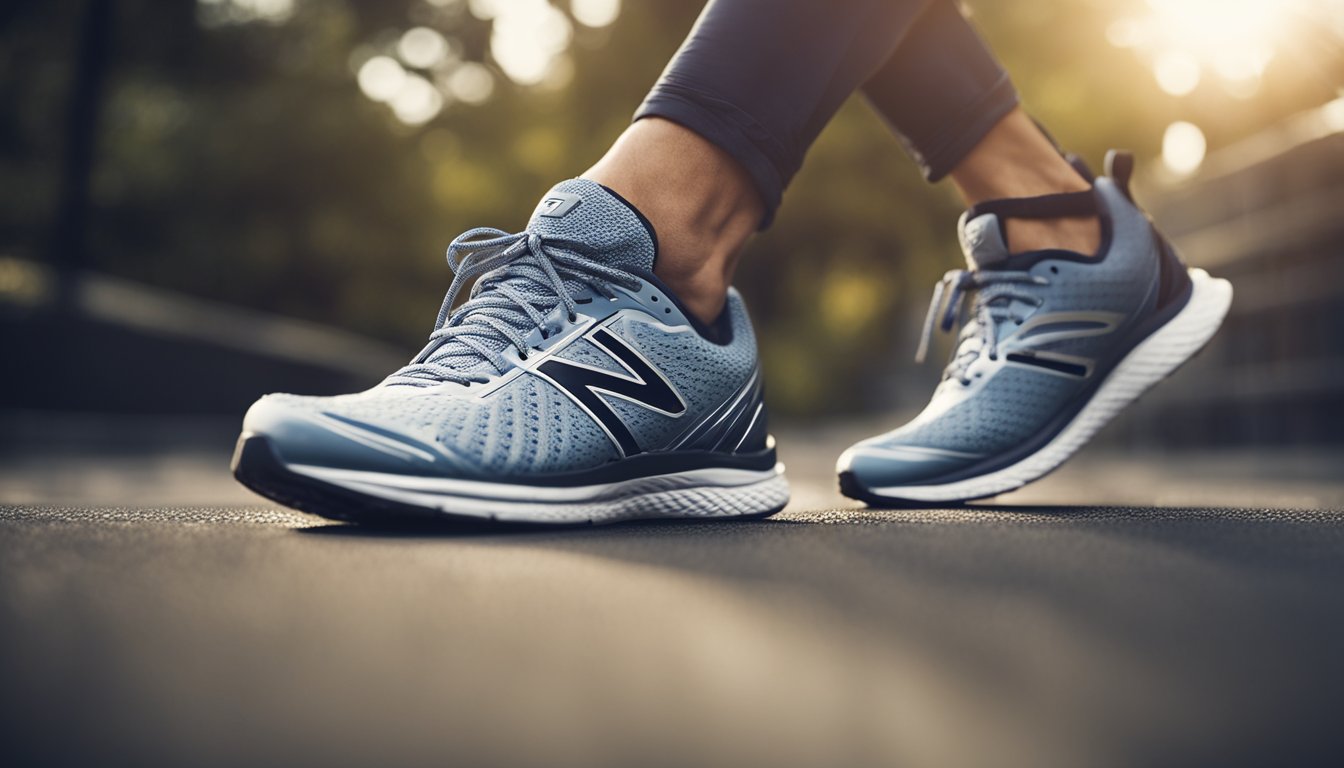
When you slip on a new pair of running shoes, the perfect fit and a proper break-in period are essential to avoid foot pain and achieve maximum comfort.
Sizing and Shoe Fit
It’s vital to get your shoe size right. Your feet can swell when running, which means that snug-fitting shoes may become too tight. A proper fit leaves a thumb’s width between your toes and the shoe’s front to accommodate movement and prevent issues such as black toenails or sore toes.
Key Measurements for Shoe Sizing:
- Heel to Toe Length: Should accommodate natural foot expansion during runs.
- Width: Enough space to prevent uncomfortable pressure on the sides of your feet.
- Heel: Secure fit to prevent slipping but not too tight to cause blisters.
The Role of Break-In Period
Breaking in new shoes is a step you can’t skip. New shoes have a firmness that needs to soften to conform to your foot’s unique shape. This period also allows you to detect any issues before a long run, ensuring your ankles and heels remain free from discomfort.
Break-In Tips for Comfortable Runs:
- Gradual Increase: Start with short walks or runs, then slowly increase distance.
- Alternate Days: Give your feet and the shoes a break by switching them with an old pair every other day.
When Shoes Don’t Fit Well
Ill-fitting shoes—either too small or too large—can alter your gait, potentially leading to injuries like blisters or discomfort in your feet.
Signs that your running shoes are the wrong size can include excessive movement of the foot within the shoe or pressure against your toes or ankle. You might overpronate in shoes that are not the right fit, emphasizing the importance of well-fitting running shoes.
Symptoms of Poor Shoe Fit:
- Ankle Pain: Caused by lack of support or too much pressure.
- Heel Discomfort: From shoes that rub or don’t secure your heel properly.
New shoes should feel comfortable and support your running style without causing pain. Always take the time to ensure a proper fit and break them in gradually for the best running experience.
Selecting the Right Running Shoes To Avoid Pain
Choosing the right running shoes is crucial to prevent discomfort and injury. The key lies in understanding the features that provide support and how your unique foot type affects your running style.
Features of Good Running Shoes
Good running shoes should offer adequate cushioning to absorb impact and provide comfort. Look for a breathable material to keep your feet cool, and a sole with enough grip for your running surfaces.
A well-designed pair of shoes will also have appropriate arch support to match your foot’s natural curvature.
- Cushioning: Absorbs impact, protecting your joints.
- Breathability: Prevents moisture build-up and overheating.
- Arch Support: Aligns your feet for natural movement.
Impact of Foot Type and Running Style
Your foot type and gait play significant roles in your choice of running shoes. If you have flat feet, you may need enhanced stability to prevent overpronation, while high arches often require more cushioning for shock absorption.
Understanding your gait—how your foot strikes and leaves the ground—helps in selecting a shoe that corrects imbalances and promotes a smooth stride.
| Foot Type | Suggested Feature |
|---|---|
| Flat Feet | Stability |
| High Arches | Extra Cushioning |
Transitioning to a New Model
When moving to a new model, do so gradually to allow your feet to adapt. Start by alternating between your old shoes and the new model to prevent immediate strain. Ensuring your new running shoes fit correctly without needing to be broken in can help avoid issues such as blisters or pain.
- Transition Pace: Start with short runs in your new shoes.
- Fitness: Give your feet time to adjust to the new support system.
Remember, the right shoes are a bridge to pain-free running, and patience during the transition to a new model is key.
Injury Prevention and Care
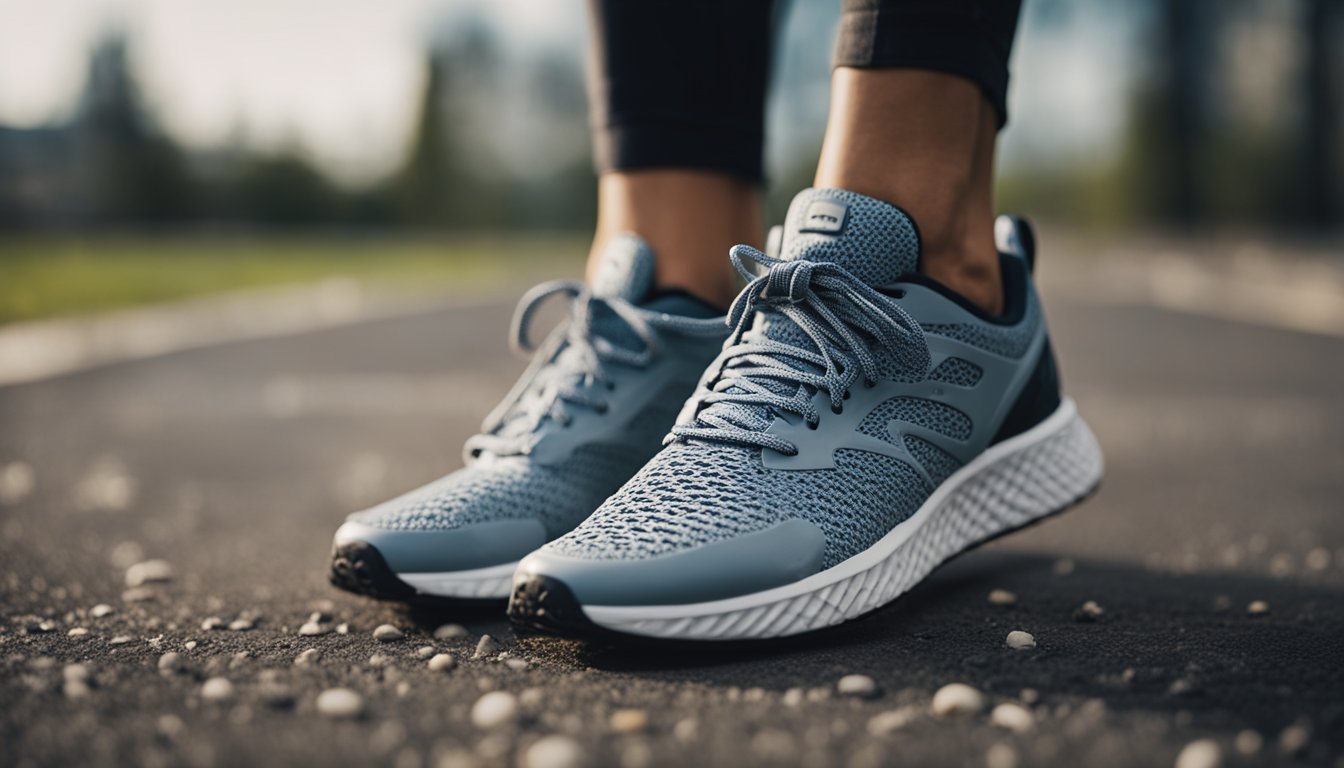
Incorporating smart habits and timely care can significantly reduce your risk of foot injuries from running shoes, ensuring a safer and more enjoyable experience.
Preventing Common Running Injuries
Proper Footwear: Selecting a shoe with adequate cushioning and support tailored to your foot’s shape is crucial for your body. Ensure they fit well, neither too tight nor too loose, to prevent friction and overuse injuries.
Stretching and Strengthening: Before you run, perform dynamic stretches to warm up your calf muscles and Achilles tendon. Regular strengthening exercises for your feet and ankles also help in preventing stress fractures (like shin splints) and tendonitis.
First Aid for Foot Injuries
Immediate Care (R.I.C.E.): For acute foot injuries, such as subungual hematoma, follow the R.I.C.E. method:
- Rest: Avoid putting weight on the injured foot.
- Ice: Apply ice to reduce swelling and inflammation.
- Compression: Use an elastic wrap to provide support.
- Elevation: Keep your foot raised above heart level.
Friction Management: If a shoe causes blisters, cover the affected area with a bandage and reduce friction with proper socks or anti-blister products.
When to See a Podiatrist
You should visit a podiatrist if:
- Persistent Pain: Discomfort that does not improve with rest and home treatment.
- Inflammatory Signs: Continual swelling, redness, and local heat.
- Function Loss: If you have trouble bearing weight or walking.
Early intervention by a specialist can prevent worsening of the injuries and expedite your recovery.
Additional Considerations for Healthy Feet
When selecting new running shoes, it’s not just about the shoe itself—the health of your feet also depends on other factors like the socks you wear, your stretching routine, and understanding your foot’s specific needs.
Importance of Good Socks
Good socks serve as your first layer of protection. They can prevent blisters and reduce sweat—a major contributor to friction and skin irritation. Opt for socks with a good blend of moisture-wicking materials to keep your feet dry and choose the right thickness to complement your shoes for a snug, not tight, fit.
Sock Material
- Moisture-wicking: Materials like polyester, nylon
- Cushioning: Padded areas around heel and forefoot
- Fit: Snug but not constricting
Stretching and Flexibility
Maintaining flexibility in your feet, calves, and hips is essential for those who run. Incorporating stretches for your heel bone, metatarsal bones, and Achilles tendon can help manage inflammation and improve overall foot health. Gentle stretching before and after runs can enhance your flexibility and reduce the chances of pain.
Strengthening Exercises
- Toe lifts: Strengthens the forefoot and arches
- Heel drops: Enhances calf flexibility and supports the heel bone
Common Questions About Running Shoes and Foot Health
Choosing the right shoe is crucial but sometimes confusing. Runners with flat feet, for example, need to find a shoe with adequate arch support which is key.
Seek guidance from a professional or a doctor if you experience consistent issues like corns or have conditions such as hallux rigidus. Remember, your old shoes can tell you a lot about your foot type and where you need more support.
| Question | Quick Answer |
|---|---|
| Can running shoes affect my hips? | Yes, improper alignment such as pronation or supination can cause hip discomfort or back pain. |
| What if I prefer running barefoot? | Consider shoes designed for barefoot running that provide minimal cushion while protecting the skin. |
| How often should I replace my running shoes (mileage)? | Generally, after about 300-500 miles of use to ensure proper support. |

